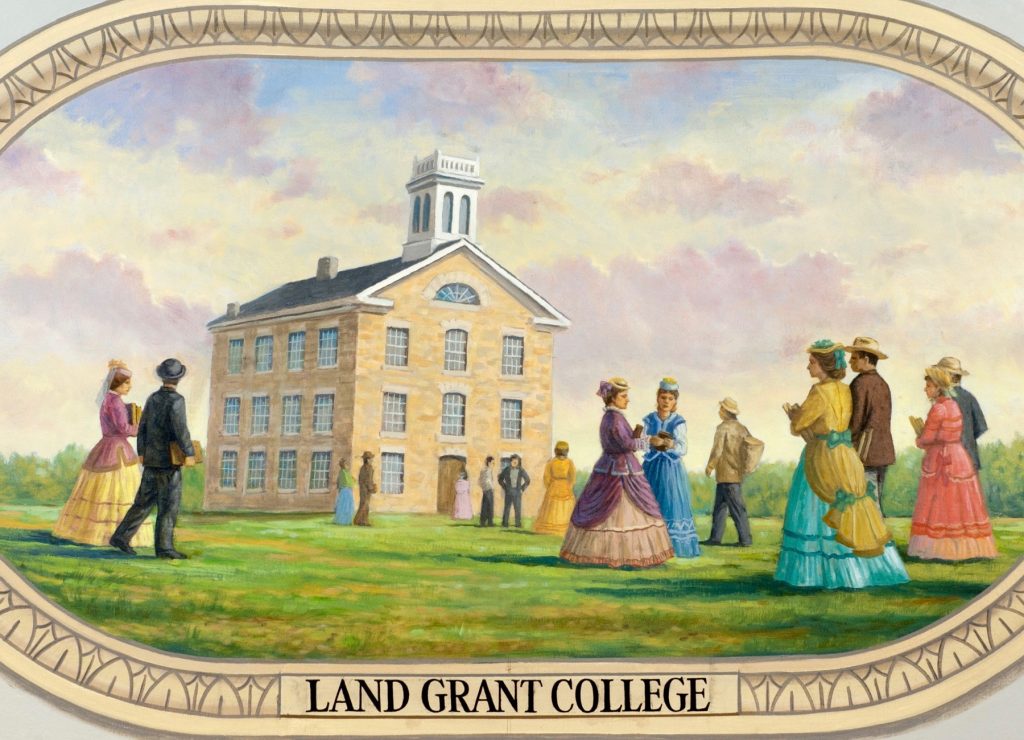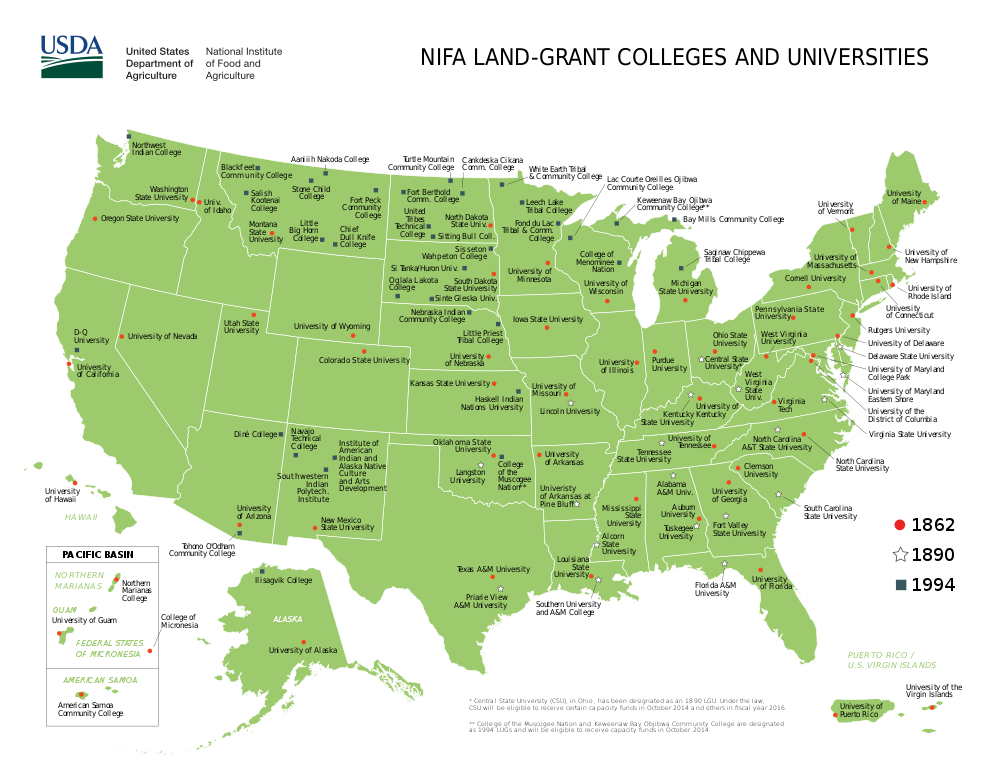Inspired by South Dakota State University’s Wokini Initiative and supported by the National Institute of Food and Agriculture’s New Beginnings grant program, mainstream land-grant universities are pledging to do more for Native students.
By Melanie Lenart

It is well known that Native students pursuing degrees at mainstream colleges and universities face a daunting array of challenges.
Students may be weighed down with guilt about missing family and cultural events, or encounter financial hardships. The lack of indigenous peers on campus may create a sense of isolation. Perhaps most jarringly, as longtime educator and mentor Dr. Gregory Cajete explained in a recent Native Science Report story, the worldview of the institution or instructors in specific courses may come in direct conflict with their own cultural worldviews.
In recognition of these and other challenges, the USDA National Institute of Food and Agriculture (NIFA) recently launched a competitive grant to address these issues at state land-grant colleges across the country. NIFA’s New Beginnings for Tribal Students grant awards up to $500,000 a year to land-grant institutions collaborating to ease Native students’ transition to a four-year state college from high school or tribal colleges and universities.
“Since the Morrill Land-Grants Act passed in 1862, land-grant universities have provided Americans with the opportunity to learn, innovate, and excel in agriculture, science, engineering, and beyond,” according to NIFA. “However, these opportunities are often not easily accessed by Native American students even though these institutions are built on lands their ancestors were unfairly removed from generations ago.”

The New Beginnings for Tribal Students grant and similar programs grabbed the attention of participants in a late June webinar for the Western Association of Agricultural Experiment Station Directors. The three-hour webinar on June 30 featured discussion on “How will we address access, equity and inclusion with focus on Native peoples of our region?”
“One of the actions the Western experimental stations will take will be to learn what their respective universities are doing to help Native students,” explained association Executive Director Bret W. Hess. “I would say there’s some momentum that has started.”
Hess noted that the webinar featured South Dakota State University President Barry Dunn talking about the Wokini Initiative. “Wokini” means “new life” or “new beginnings” in Dakota and Lakota, the language of some of the nine tribal nations typically served by SDSU, and NIFA credits the initiative with inspiring the New Beginning grant.
Dunn and others at SDSU raised millions of dollars to “increase the number of American Indian students, provide support towards academic and personal needs and boost American Indian graduation rates.”
SDSU is one of 52 universities established after the 1862 Morrill Act encouraged states to use or sell “public” lands—much of it which had belonged to tribes only years or decades before the transfers— to support development of a college or university specifically mandated to provide training in agriculture and the “practical sciences.” The resulting land-grant colleges and universities were long celebrated by educators and policy makers as symbols of the nation’s commitment to public education and research. However, the institutions’ origins came under fire in March 2020 in a High Country News report dubbed “Land Grab Universities.”
The two-year investigative report compared data from the transfer of lands bearing indigenous title to money raised for university endowments to calculate the repercussions of the Morrill Act of 1862.
Report authors concluded that about 10.7 million acres of “public domain” land across the United States previously taken from 245 tribes was used or sold by the land-grant colleges, for which the tribes received almost no money. The report’s authors note the “land grab” typically came with violence or the threat of violence even if treaties were negotiated.
Meanwhile, of the students served at these institutions during the 2019 academic year, less than half of 1 percent were Alaskan/Native American students.
The New Beginnings for Tribal Students grants are designed to help land-grant institutions boost those numbers and promote retention of Native students. The U.S. Congress appropriated $5 million annually for the New Beginnings grant program in Fiscal Year 2020, and land-grant institutions including tribal colleges and universities were able to apply for the first round of funding in June of 2020.
In 1994, most tribal colleges had the opportunity to join the land-grant system, although they continue to face inequities in amount and stability of funding.
Collaborations between the older land-grant institutions and tribal colleges and universities receive the most potential funding, up to $2 million across four years, under the grant stipulations. Support for research projects and internships for Native students are among the efforts eligible for funding under the grant.
Melanie Lenart is a regular contributor to Native Science Report.
Story published July 13, 2021
• • •
Enjoyed this story? Enter your email to receive notifications of new posts by email
